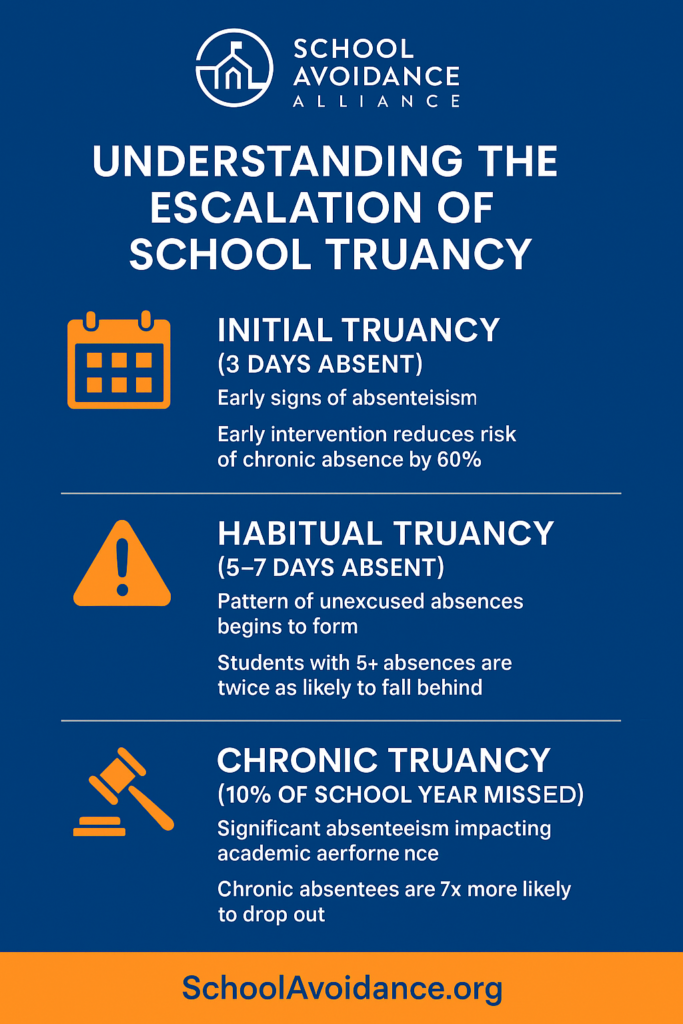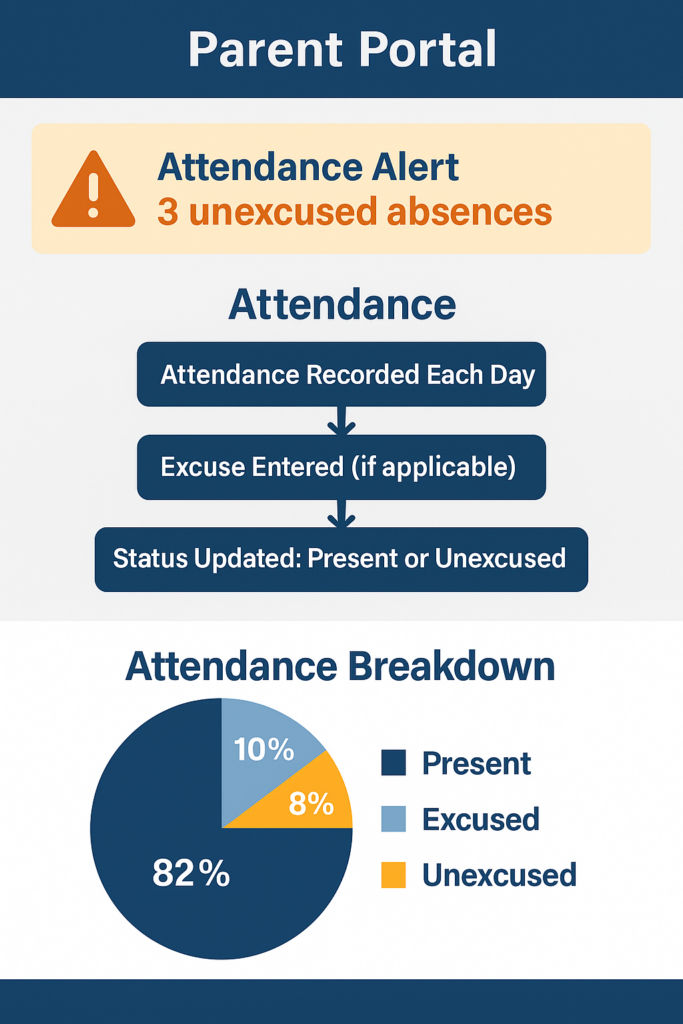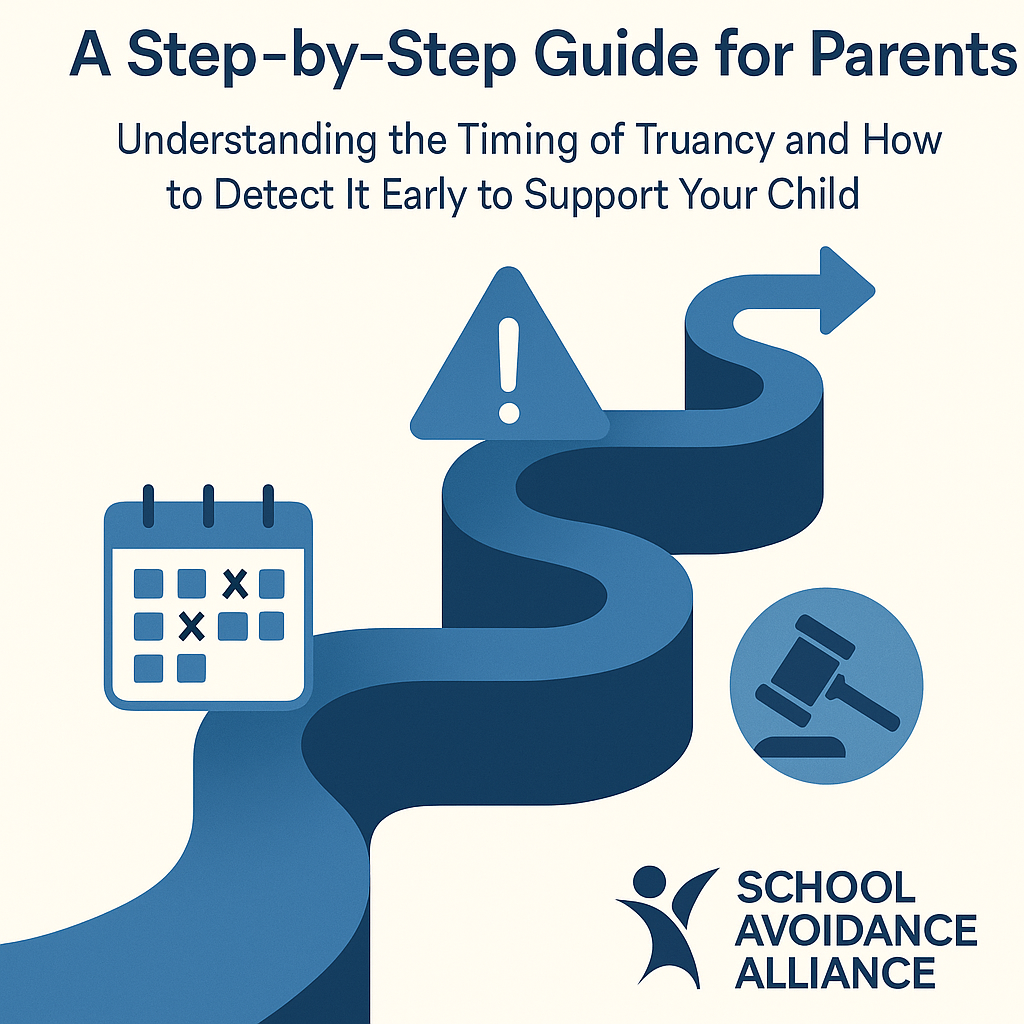Understanding the Timing of Truancy and How to Detect It Early to Support Your Child
Truancy, or unexcused absence from school, is a growing concern for parents, educators, and communities alike. While occasional absences are expected due to illness or family needs, consistent, unexcused absences can quickly escalate into a significant academic and behavioral issue. For parents, understanding how truancy works—particularly the timing of truancy and methods of detection—is critical to identifying and addressing the problem early.
This guide walks parents through the step-by-step process of detecting truancy, focusing on the timing benchmarks schools use and the practical tools families can adopt to monitor attendance. By following this structured approach, parents can intervene before truancy spirals into chronic absenteeism or legal trouble.
Step 1: Understand What Counts as Truancy
Before monitoring for truancy, it is essential to know what constitutes an unexcused absence. Definitions can vary slightly by region, but some general rules apply:
- Unexcused Absences: These are absences without a valid reason (such as illness, bereavement, or pre-approved leave). Skipping school to hang out with friends or oversleeping typically counts as unexcused.
- Partial-Day Truancy: Missing specific periods or classes during the school day, even if the student attends other classes, can also be considered truant.
Check your local school district’s attendance policy. Most have a clearly defined list of valid and invalid reasons for absence.
Step 2: Learn the Timing Thresholds for Truancy

The timing of truancy is based on how many unexcused absences a student accumulates within a given time frame. These benchmarks determine when a student officially crosses into truancy:
1. Initial Truancy
- Typically triggered after 3 unexcused full-day absences in one school year.
- Some schools count 3 tardies as equivalent to one full-day absence.
2. Habitual Truancy
- Defined by many states as 5 to 7 unexcused absences in a year.
- At this stage, schools may involve counselors or attendance officers.
3. Chronic Truancy
- Often triggered when a student misses 10% or more of the school year (e.g., 18 days in a 180-day year) without valid excuses.
- Legal consequences or referrals to family court may follow.
These thresholds are cumulative, meaning that sporadic absences can add up quickly. Parents must monitor both frequency and patterns of absence.
State-by-State Legal Definitions of Truancy
Each U.S. state defines truancy through its own laws. Below are a few examples to illustrate this variation:
- California:
- Truant: 3 unexcused full-day absences or being more than 30 minutes late without excuse three times in one school year.
- Habitual Truant: Reported truant three or more times in a year.
- Connecticut:
- Truant: 4 unexcused absences in one month or 10 in a school year.
- Habitual Truant: 20 unexcused absences in a year.
- Florida:
- Habitual Truant: 15 unexcused absences within 90 calendar days.
- Illinois:
- Truant: Any absence without valid cause.
- Chronic Truant: 10% or more unexcused absences in a 180-day period.
- Texas:
- Truant: 10 or more unexcused absences or partial absences within a six-month period.
- Wisconsin:
- Truant: Any part or full-day unexcused absence.
- Habitual Truant: 5 or more unexcused absences in a semester.
To find your state’s specific laws, visit your state Department of Education website, search local education codes, or consult school district policy documents.
Step 3: Monitor Daily Attendance

Most schools offer digital tools for parents to check attendance in real time. Here’s how you can stay informed:
Use the Parent Portal
- Log in regularly to your school district’s online portal.
- Set up notifications for every time your child is marked absent or tardy.
Check Class-by-Class Attendance
- In middle and high school, students attend multiple classes per day.
- Missing individual classes without being absent the whole day can still count as partial truancy.
Review Weekly Summary Reports
- Schools often generate weekly attendance summaries.
- Look for sudden changes or unexplained gaps in attendance.
Step 4: Identify Behavioral Warning Signs at Home
Sometimes truancy isn’t obvious from school reports alone. Watch for behavioral signs that may indicate your child is avoiding school:
- Frequent complaints of vague illnesses, especially on school days (e.g., stomachaches, headaches).
- Disengagement from schoolwork, homework, or classroom discussions.
- Secrecy or defensiveness when asked about the school day.
- Sudden changes in peer groups or an unwillingness to talk about friends.
These red flags may not prove truancy but are strong indicators that something needs attention.
Step 5: Establish Open Communication with the School
Partnering with teachers and administrators ensures you’re alerted to attendance issues quickly. Take the following proactive steps:
Request Regular Updates
- Email teachers monthly to ask about attendance and classroom behavior.
- Ask if your child is missing class activities, group work, or tests.
Attend Parent-Teacher Conferences
- Use conferences to review attendance records.
- Ask if they’ve noticed patterns in your child’s engagement or punctuality.
Know Your School’s Truancy Protocol
- Understand the escalation process—when are parents notified, what are the next steps, and who is involved.
Step 6: Create a Home Attendance Tracker
Building your own system at home can help you keep tabs on absences and intervene early.
Daily Log
- Record each day your child is absent and the reason.
- Keep documentation (doctor’s notes, emails) for excused absences.
Pattern Recognition
- Highlight absences that occur on certain days (e.g., Mondays or test days).
- Note repeated complaints (e.g., always feeling sick before math class).
Visual Dashboard
- Use a calendar, spreadsheet, or chart to see trends over time.
Step 7: Address Issues Promptly and Positively
Once you detect signs of truancy, the goal is early intervention, not punishment. Here’s how to respond constructively:
Talk with Your Child
- Ask open-ended questions: “What makes it hard to go to school lately?”
- Listen without judgment to uncover any fear, stress, or disengagement.
Provide Support
- Address health concerns with a doctor.
- Involve a counselor if mental health or bullying is suspected.
- Consider academic tutoring if your child is struggling.
Set Routines and Expectations
- Reinforce morning routines to avoid tardiness.
- Set clear rules about school attendance and consequences for skipping.
Step 8: Work with Intervention Services if Needed
If your child becomes habitually or chronically truant, schools may refer your family to intervention programs:
- Attendance Review Boards: Panels that develop support plans for truant students.
- School Counselors or Psychologists: To address underlying issues.
- Community Truancy Programs: These offer mentorship, transportation help, and more.
- Legal Intervention: In severe cases, truancy can lead to court involvement and mandatory parenting classes or community service.
The key is to engage with these resources early rather than waiting for legal pressure.
Step 9: Reinforce Positive Attendance Habits
Prevention is always better than response. Encourage your child to value school with these ongoing strategies:
- Celebrate good attendance with rewards or praise.
- Create a comfortable learning environment at home.
- Discuss school goals and future aspirations to keep them motivated.
- Be a role model by showing commitment and punctuality in your own responsibilities.
Final Thoughts
Truancy can develop quietly but escalate quickly. As a parent, your role in tracking attendance, spotting warning signs, and partnering with the school is critical. By following this step-by-step guide, you can identify truancy early and support your child in staying on a successful educational path.
Remember: it’s not just about making it to school—it’s about being engaged, supported, and set up to thrive.
Would you like a downloadable checklist based on this guide?






